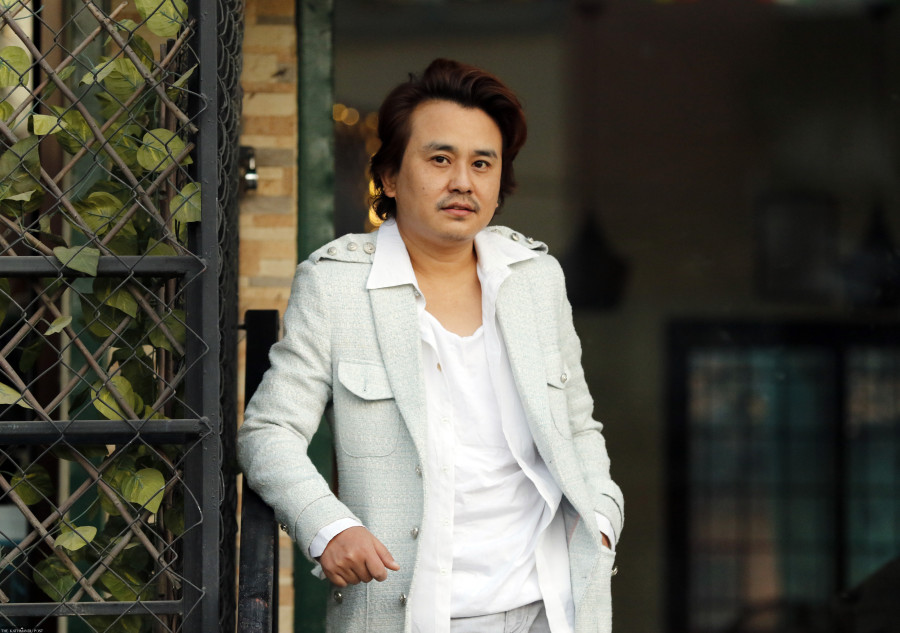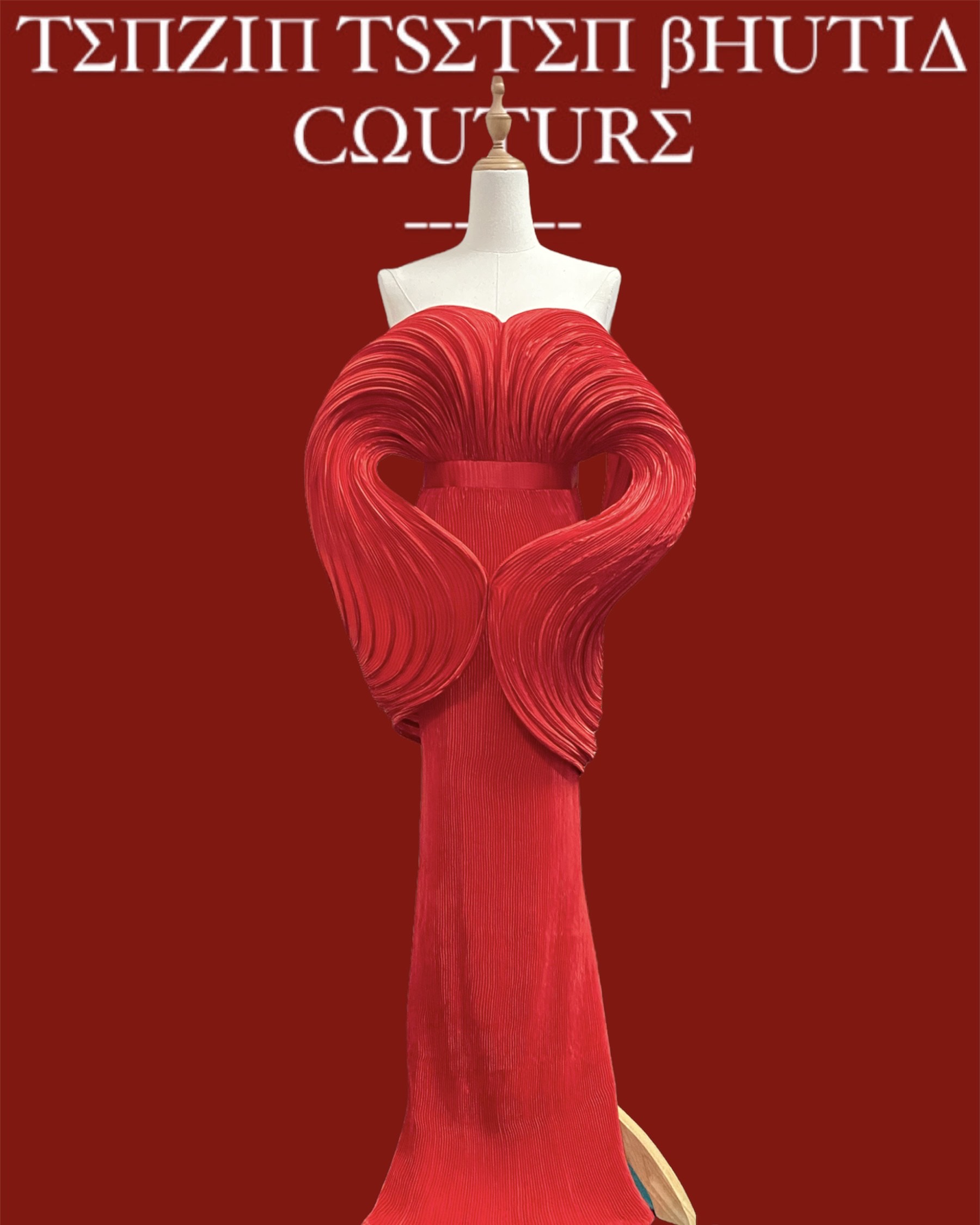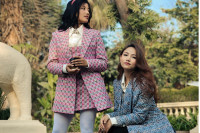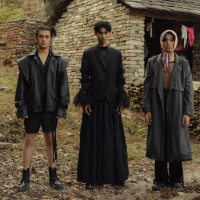Fashion
How to make a dress? With fabric, ropes and metal, of course
Tenzing Tseten Bhutia, one of Nepal’s preeminent fashion designers, wants to make new strides in what materials are used in the fashion industry.
Bishesh Dhaubhadel
High fashion design is a field that is still in its infancy in Nepal. But there are a few names that stand out from the rest. Tenzing Tseten Bhutia is one of them.
Most designers will tell you that fashion has always been their true calling. But Bhutia avoids talking about fashion in those terms. His journey into fashion designing started rather regularly, he says.
Bhutia was born and raised in Sikkim, the Indian state that borders Nepal. As a teenager, Bhutia landed in Delhi with hopes of getting a good education. In the Indian capital, he decided to pursue a Bachelors in Commerce degree. But two years into the course, his interest in fashion overpowered him. He realised fashion designing was something he wanted to turn into a career, he says. “I was always fashion conscious and my friends also suggested that I pursue fashion,” Bhutia told the Post recently.
One of those days, Bhutia was struck by what he saw on the cover of India Today, one of the most widely read weekly news magazines in India. A crew of half a dozen designers had graced the magazine’s cover. Seeing this in a magazine known for its “hardcore journalism”, Bhutia says, further convinced him that fashion was a viable career choice.
Bhutia, however, chose to complete his degree in commerce. After he returned to his home, he broke the news of his newfound interest in fashion only to his mother. Back then, fashion wasn’t considered a viable career option, and like any mother out there in those days, Bhutia’s mother wasn’t too excited about her son pursuing such an unusual career. But she finally put her trust in Bhutia’s choice of career.
On his mother's suggestion, Bhutia took an entrance exam to a bank, as most fresh commerce graduates would do. But when the National Institute of Fashion Technology in Bangalore accepted his application before the bank could publish the results, his mother couldn't stop him from jumping at the opportunity to study Fashion and Clothing Technology. NIFT, after all, is one of the top fashion institutions in India. Its alumni include Prabal Gurung, the award-winning Nepali-American designer.
After graduating from NIFT, Bhutia started to work as a designer in his uncle’s factory, Himalayan Couture. Bhutia’s mother didn't meddle with his career choice once she realised that fashion could also be a stable vocation. “Had my father not passed away by then, it might’ve been a different story altogether,” Bhutia said.
Networking with celebrities and attention from the media was a push for Bhutia to evolve into a full-fledged designer. Fashion designing is no longer just a career but an art for him, he says. From the get-go in the designing process, he uses the strokes of his perspective and creativity to bring together layers upon layers of nuance and bold shapes to bring together the final fit.

Whenever possible, Bhutia visits the markets himself in search of materials to use in his design. His materials don’t confine themselves to fabrics; “materials could be ropes or even metals,” he says. Once inspiration strikes, he researches the materials on Google and movies for further inspiration. Coming up with a design usually takes him 10 days; and bringing it to life takes him anywhere between two to six months, depending on the complexity of the fit.
The ride to stardom wasn't smooth sailing for Bhutia. The designer received discouraging comments regarding his gender in his choice of passion. But he didn't give much thought to it. “I was very introverted earlier but the fashion industry brought out my confident self,” he says.
Today, Bhutia is based in Kathmandu and regularly designs attires for the who's who of the Nepali entertainment industry. He also works part-time as a teacher at the IEC School of Fashion in Dillibazar.
What keeps Bhutia going is the desire to inspire a new crop of designers, he says, adding he wants to bring to light their hidden creativity. He also wants to make new strides in what materials are used in the fashion industry and create new trends.
Tenzing Tseten Bhutia wants to make something new, something unheard of, something left to appreciate—not just in the sense of fashion but creativity itself.




 18.37°C Kathmandu
18.37°C Kathmandu










